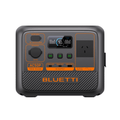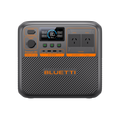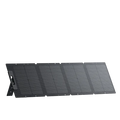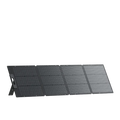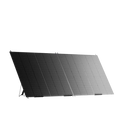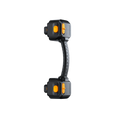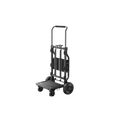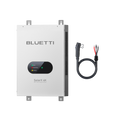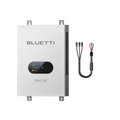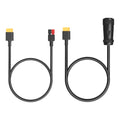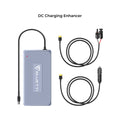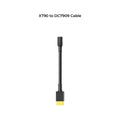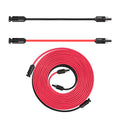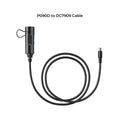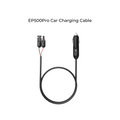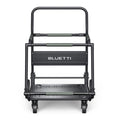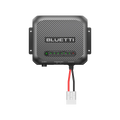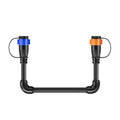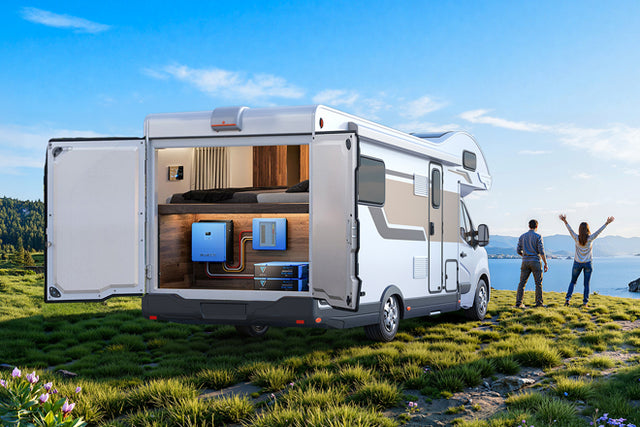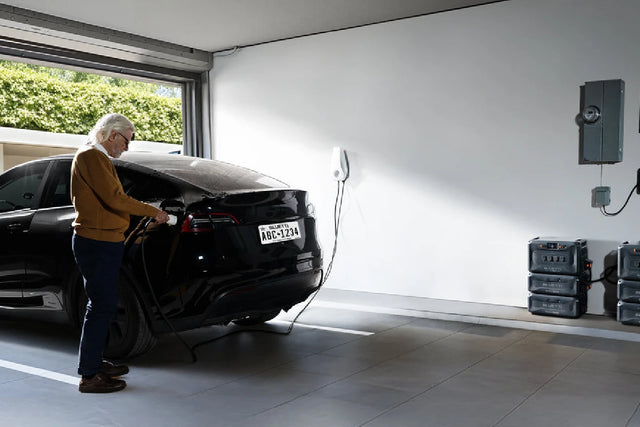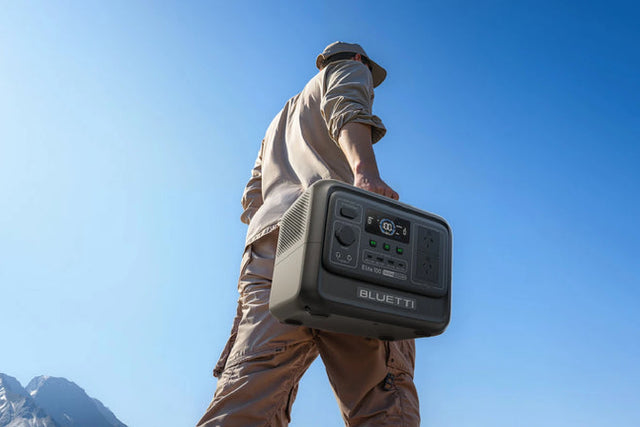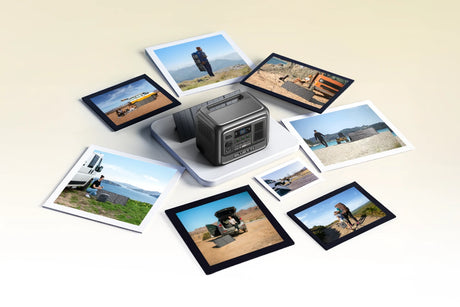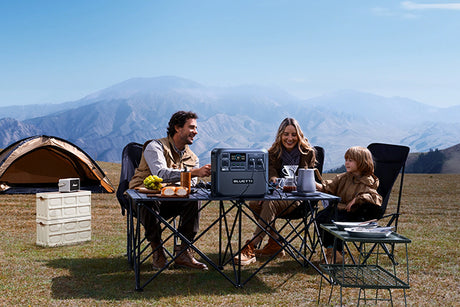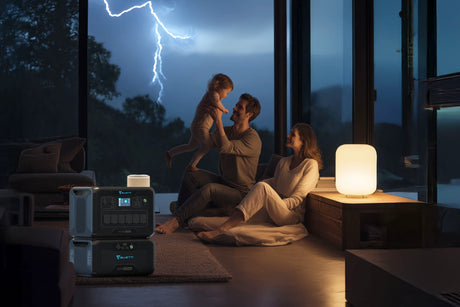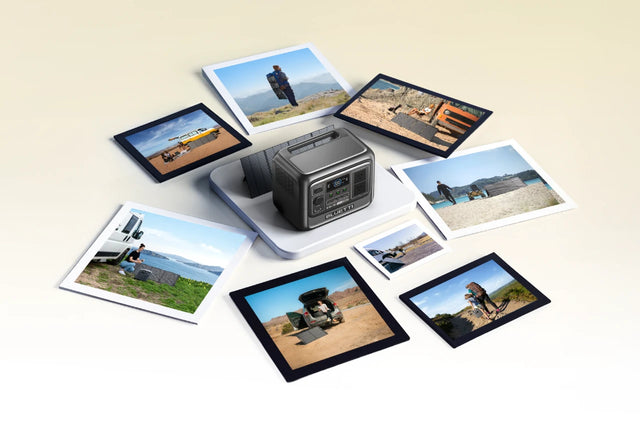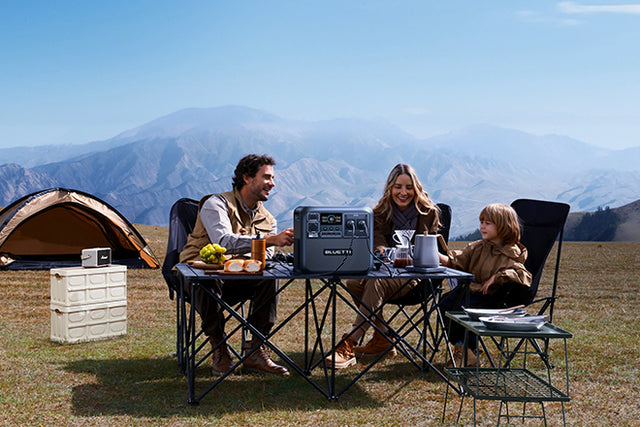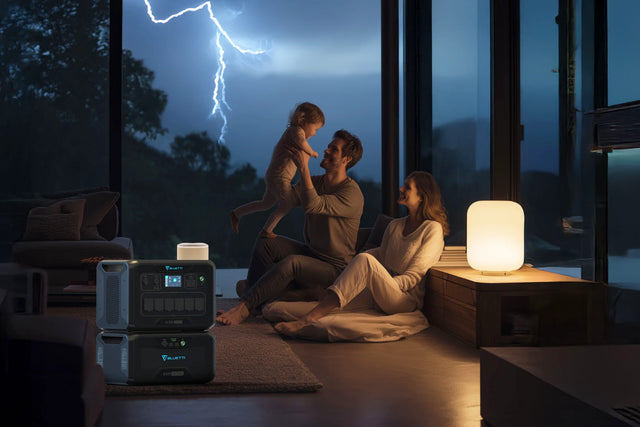Getting away from it all is one of the great joys in life. You can decompress from all the everyday stresses and disconnect from the grind while reconnecting with nature, and yourself. But it doesn't have to mean pulling the plug on the power you need to have a comfortable and relaxing time when you're far from home and staying at a log cabin, camper or even a tent.
Taking along a portable power station will keep you going wherever you happen to find yourself, and whatever the weather. But what happens when you need more power than it can deliver, or if its battery is running dry and you need it to keep running at night -- when the sun's not out to recharge via solar panels?
It's an especially vital question given the array of devices, gadgets and appliances we rely on to enjoy our lives, and that we need to take with us when we're on the road.
The answer lies in having a dual battery system that will keep everything you need running so you and your friend or family can sit back and enjoy yourselves. Let's take a look at what it involves and how you can use a system like this to give extra oomph to your outdoor activities.
What Is a Dual Battery System?

A dual battery system originated in vehicles, with two batteries used for different purposes -- one to start the engine and the other for accessories like spotlights, winches and two-way radios, so the starter battery was not run down. But they're also used for camping and home power backup, when the grid goes down.
With modern portable power systems, like the popular BLUETTI Apex300, there's no engine to start. Instead, the two batteries work seamlessly together so you get extended runtime and can use high-power appliances without quickly depleting one battery. The flow of power, as well as charging, is controlled via an isolator or battery management system and so you can use power from or directed to each battery, depending on what you're running.
A typical dual battery system features solar charging, alternator input and AC mains, and the main components are:
-
Starter battery, to get the system going
-
Auxiliary battery, for high-draw loads like fridges and lighting, so the main battery doesn't go flat
-
Battery isolator, for vehicle systems only, so the main battery is not drained
-
Battery management system, which regulates charging and discharging, as well as voltage, current and temperature. It's vital for safety in lithium-based systems, and also for longevity.

How a Dual Battery System Works in Practice
The essential function of a dual battery system is that it separates power sources because one deals with critical systems like ignition or core power reserves and the other handles accessories, including appliances and devices with high-draw requirements.
This means you get consistent and safe delivery of power, instead of one battery drawing power from the other and draining it, leaving you with little or none when you most need it.
-
Charging:
When used in vehicles, a dual battery system will charge both batteries, and an isolator or DC-DC charger will manage the distribution of power.
With portable power systems, you can charge via wall outlets, which are AC, and also vehicles, with 12V outlets. Solar panels, like those that come with the BLUETTI Apex300, let you do all this without those charging inputs, and give you a free and endless supply of power.
-
Power:
When you plug a device into a portable power system, it takes power from the auxiliary battery, although it could also be whichever of the two batteries has been prioritised for output.
The system might also give priority to one battery over the other depending on the current charge level and the load, or demand, from devices and appliances it's connected to.
-
Fail-safe Features:
Dual battery systems have built-in protections that stop them from over-discharging, a scenario that can be harmful to lithium-based batteries.
Many have smart systems that can reroute power or shut down certain functions when they're not required.
Benefits of a Dual Battery Setup
By now, you can see that a dual battery system is versatile and can be used in a variety of settings, from vehicles to log cabins, tents and the home. It gives you power and independence from the grid while also operating safely and reliably. The key benefits are:
-
Extended Runtime
You can run several appliances and devices at once, such as fridges, lights, fans, laptops and even some medical devices. This makes a dual battery setup ideal for camping. It will also give you more usable power with the risk of overloading the system if you were only using one battery.
-
Battery Protection
One of the main functions of a dual battery system is to prevent the main, or starter, battery from being drained. And it keeps the other, or reserve, battery, available, thereby reducing the possibility of a total power outage.
-
Power Redundancy
If one of the two batteries happens to fail, or fully discharges, the other is available as a backup. This is especially important for critical uses, like when you need to run medical devices like Continuous Positive Airway Pressure (CPAP) machines for sleep apnea. It's also important in the event of storms that may knock out the power grid.
-
Safe Management
Built-in safeguards like a battery management system will ensure the safe use of a dual battery system, and will stop it from over-discharging, overloading or overheating.
-
Greater Flexibility
With a dual battery system, you can separate essential loads from those that are not as important, and you can also use intelligent energy and planning for longer camping trips and outages.
-
Battery Systems for Quiet, Clean Use
Traditional generators are noisy and give off toxic fumes. But battery-based generators with a dual battery system operate silently and don't use fossil fuels like petrol or diesel. So there are no harmful emissions, and you don't need to keep buying fuel and storing it.
Lithium vs. AGM: What’s Best for a Dual Battery System?

Dual battery systems generally use one of two battery types, AGM (Absorbent Glass Mat) and lithium, notably LiFePO₄, but you might also encounter some less common kinds. Most modern and portable setups, like the BLUETTI Apex300, now use LiFePO₄.
-
Battery Basics
AGM is a lead-acid battery and is cheaper and also durable but it's heavier and not as efficient.
Lithium (LiFePO₄) batteries are far lighter and provide better performance and are also longer-lasting, making them perfect for camping.
-
Depth of Discharge
AGM: They can discharge up to around 50 percent before there's any risk of damage.
Lithium: They're safe to discharge between 80 and 90 percent, giving you lots more energy per charging cycle.
-
Charging Efficiency
AGM batteries are slow to charge and not that efficient, especially if you're charging via solar panels.
Lithium has a fast charge and holds it much longer, so there's almost no energy loss.
-
Cycle Life
AGM: Around 300 to 500 cycles.
Lithium: Usually between 2,000 and 5,000+ cycles, although it depends on what you're using it for.
What to Know Before Buying
If you're looking at dual battery systems and wondering what's best for your power needs, whether outdoors or at home, consider these practical aspects.
Your Power Needs (Capacity in Wh or Ah)
Your dual battery system will need to have enough power to keep your main appliances working in the home, if you want to use it as a back-up power system, or if you'll be using it in a cabin that has no power supply or tent that's also way off-grid.
So consider:
Your Power Needs
Look at what you'll be using, in terms of appliances, devices and gadgets, and work out how much power you require. You'll be able to see each product's power needs in its manufacturer's guide. If, for example, you plan to run a 100 W fridge for 10 hours, you'll need at least 1,000 Wh (1 kWh) of power from your dual battery system.
Battery Type
You may want to buy a more inexpensive AGM battery system, but there are drawbacks, including the capacity and also weight. Opt for lithium batteries instead, for ease of portability as well as rapid charging and longevity.
Discharge and Recharge Rates
Examine continuous and peak output capabilities and determine if the dual battery system you're considering can handle your appliances that have the heaviest power needs. And don't forget to weigh up recharge times, from solar panels, AC and DC sources.
Expandability
As your power needs grow, whether at home or on the road, is your dual battery system able to meet them? Some, like the BLUETTI Apex300, support additional batteries so you can get higher capacity and are not stuck with a limited power range.
Safety and Certifications
Make sure the dual battery systems you're looking at have BMS, surge protection and relevant certifications, such as the Regulatory Compliance Mark (RCM) for Australia, as well as international standards like UL, CE or FCC, so they're safe to use wherever you are.
Dual Battery Systems: Powering the Way Forward
Today, dual battery systems go far beyond just usage in vehicles, and are transforming the way we independently power our lives beyond the grid. At a time when storms are becoming ever more intense, fuelled by the heat of climate change, and knocking out power supplies for days or even weeks, growing numbers of Australians are choosing this type of back-up power to keep them going. And it gives you all the enjoyment of home comforts if you're taking a break at a remote cabin or pitching a tent for an exhilarating trip in the great outdoors.
So whether you're in the outback, the bush or even just happen to be working remotely in a place with limited or no electricity supplies, a dual battery system has you covered.
What started out as a way to power vehicles and their accessories has evolved into a smart power system that's suitable for homes, campers and also living off-grid. And with power from the sun, if you're using a solar panel for recharging, like you'll find with the BLUETTI Apex300, you can recharge wherever you happen to find yourself and whatever the weather, as they also power-up batteries during overcast days.
For every occasion, and at any time, a dual battery system is the power of the future.
FAQs
Are Dual Battery Systems Worth It?
If you want to run a range of appliances and devices, as well as recharging items like mobile phones, laptops and GPS devices, then a dual battery system is definitely worth it. Otherwise, your power hopes will almost certainly go flat, as you don't have enough to run what you need, at home or while out camping.
What Is the Difference Between Dual Battery and Auxiliary Battery?
A dual battery system comprises two batteries that work together to give you initial power and then continual electricity so you can keep on running a number of appliances and devices and at the same time, without draining the batteries.
How Long Should an Auxiliary Battery Last?
You can generally expect to get between five and eight years out of an auxiliary battery. Although it depends on how much you're using it and how many charging cycles it goes through, as each one will gradually reduce its lifespan. It also depends what type of batteries you have. AGM will typically give you between three and five years' use while you can get from five to 10 years out of a Lithium (LiFePO₄) battery.


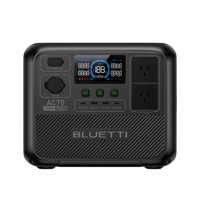
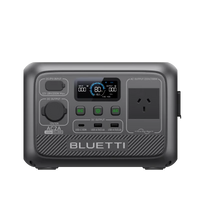


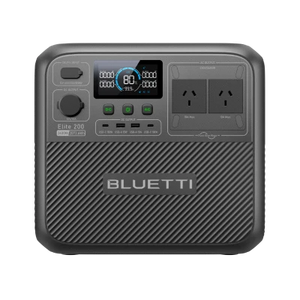
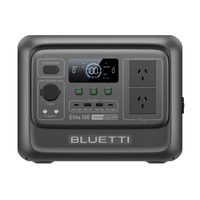
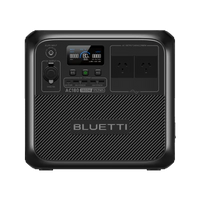
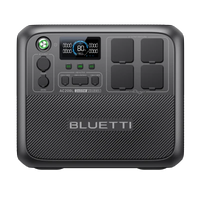
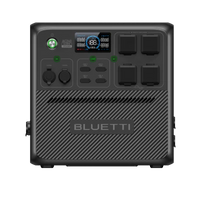
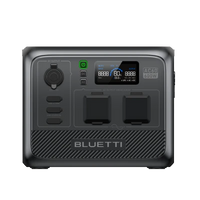
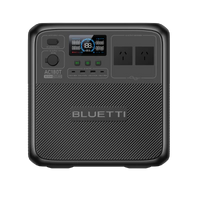


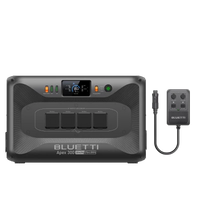

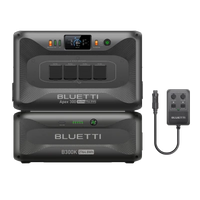
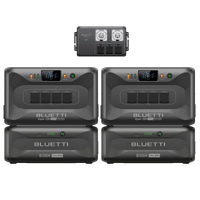
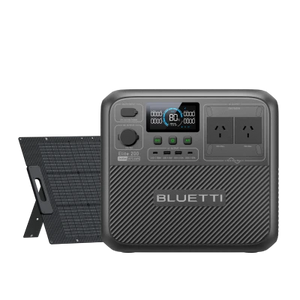
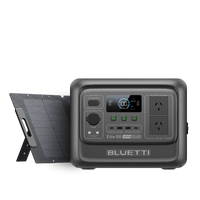
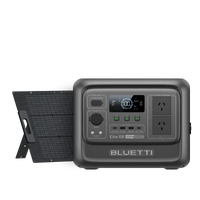
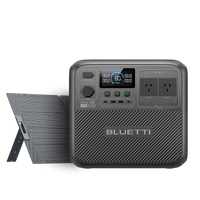
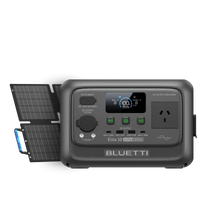
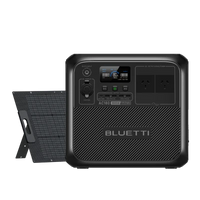
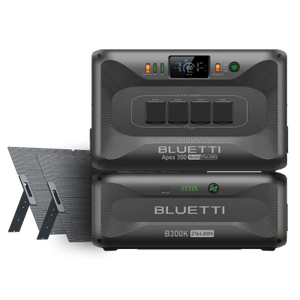
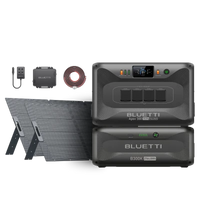
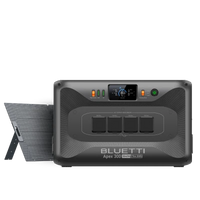
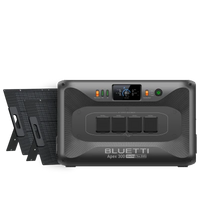
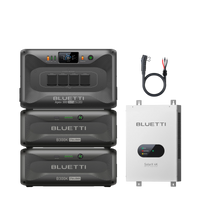

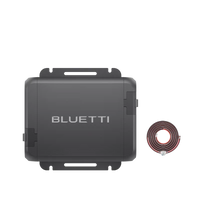
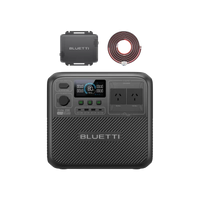
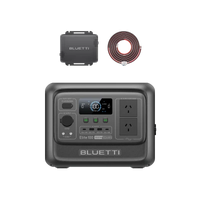
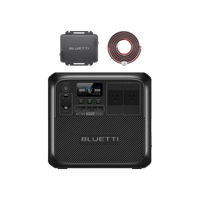
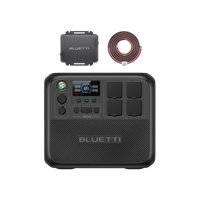
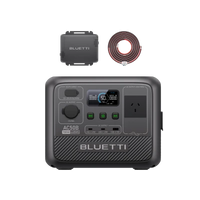
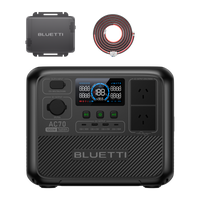




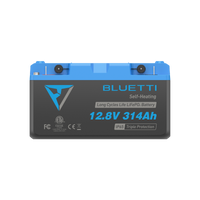










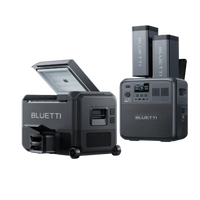
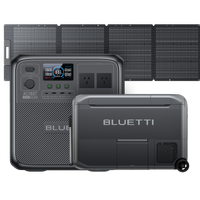
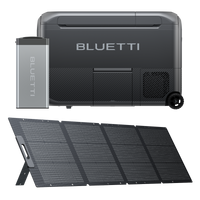

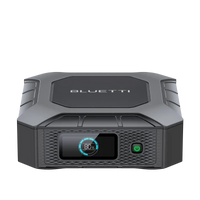
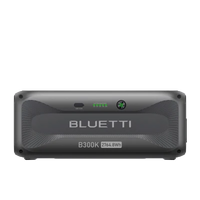

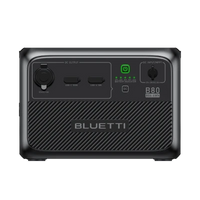
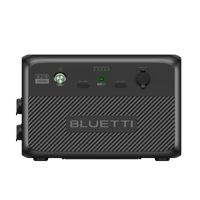

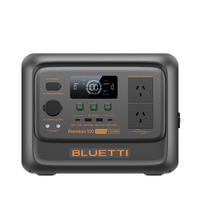
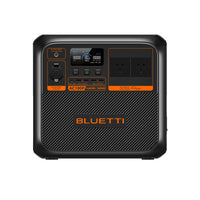

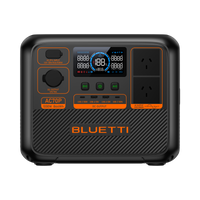
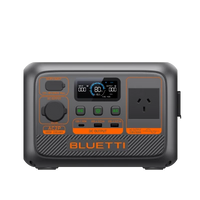
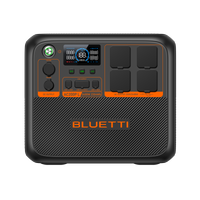
![[Phased Out] BLUETTI B80P Expansion Battery | 806Wh](http://www.bluettipower.com.au/cdn/shop/files/202310025B80P_2000-2000px_4_4caa0c1c-4dab-4272-9e9b-2b7507e5bd81.jpg?v=1713777870&width=200)
![[Phased Out] BLUETTI B210P Expansion Battery | 2,150Wh](http://www.bluettipower.com.au/cdn/shop/files/2_08cf9ef3-03a4-4489-b641-d3edb8094896.webp?v=1716016566&width=200)

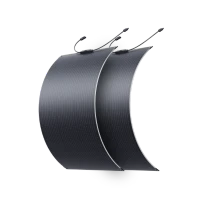
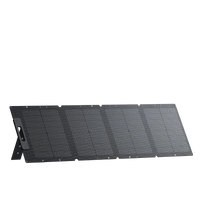
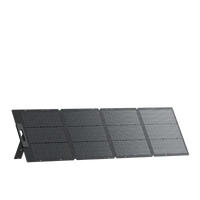
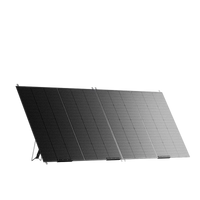





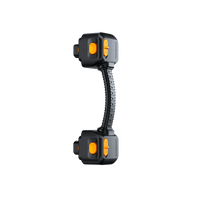
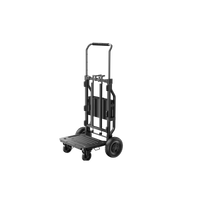
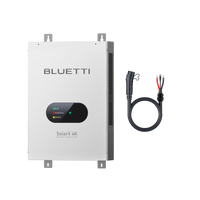

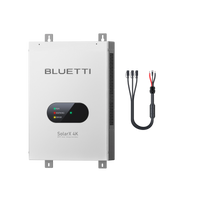
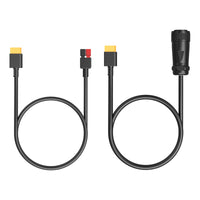
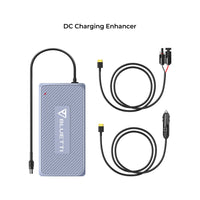

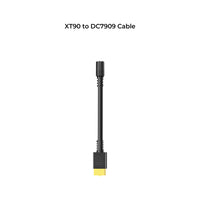
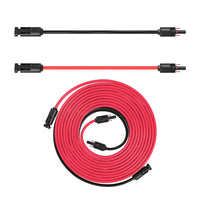
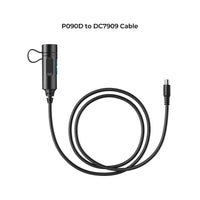
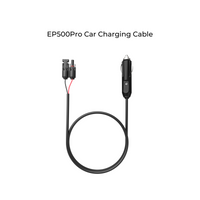
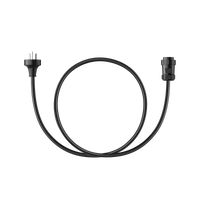
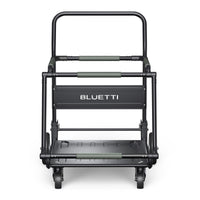
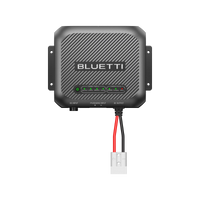
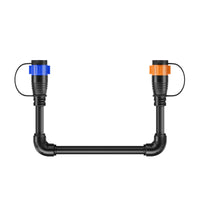



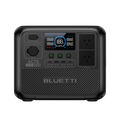
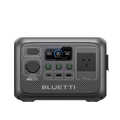



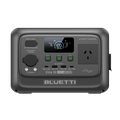
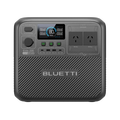
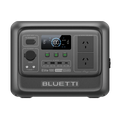
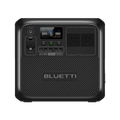

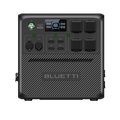
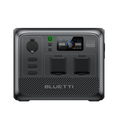
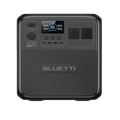


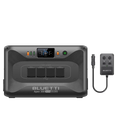

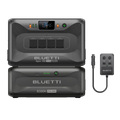
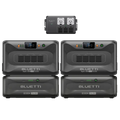




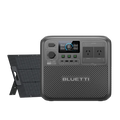
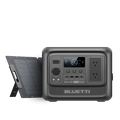
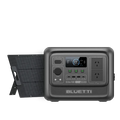
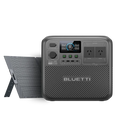
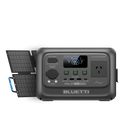
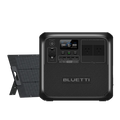
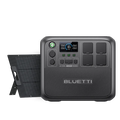
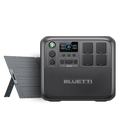




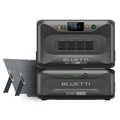
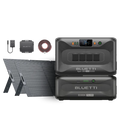
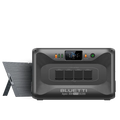
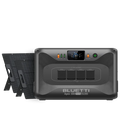
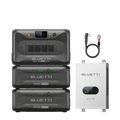



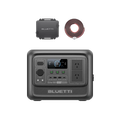
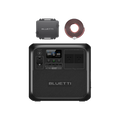


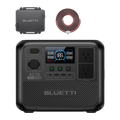














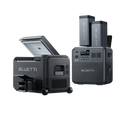






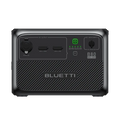
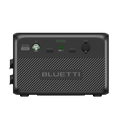


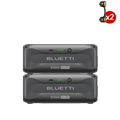
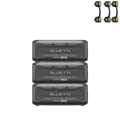




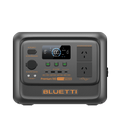
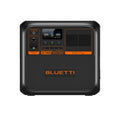

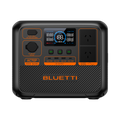
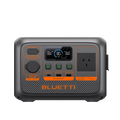

![[Phased Out] BLUETTI B80P Expansion Battery | 806Wh](http://www.bluettipower.com.au/cdn/shop/files/202310025B80P_2000-2000px_4_4caa0c1c-4dab-4272-9e9b-2b7507e5bd81.jpg?v=1713777870&width=120)
![[Phased Out] BLUETTI B210P Expansion Battery | 2,150Wh](http://www.bluettipower.com.au/cdn/shop/files/2_08cf9ef3-03a4-4489-b641-d3edb8094896.webp?v=1716016566&width=120)

